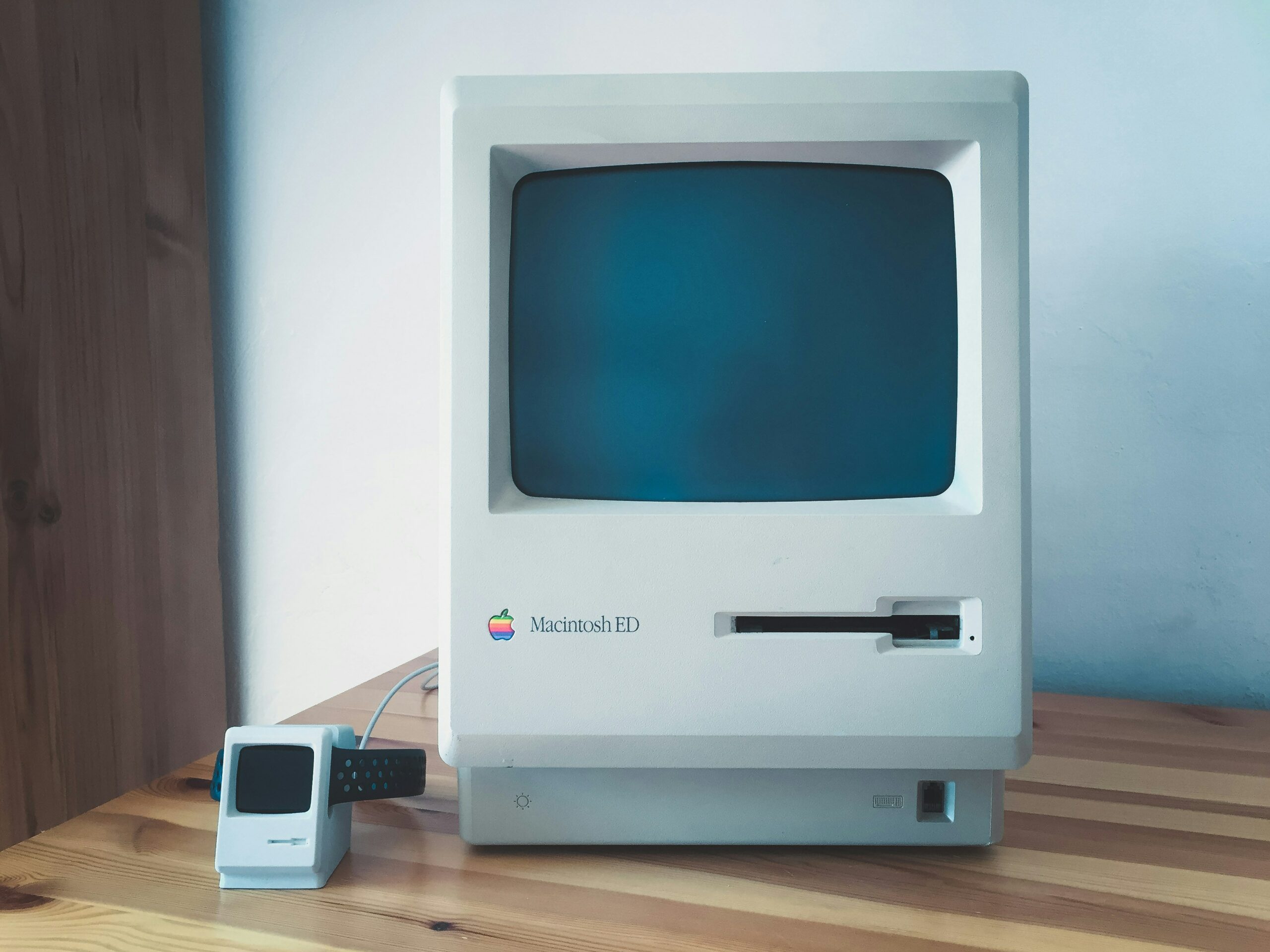Once again, we return to Doug Eyman’s thoughts. As per usual, his thoughts are wrapped in five layers of intertextuality. They’re also wrapped in terms that would intimidate just about anyone who isn’t an expert. “Electracy” is not sufficiently defined at any point during its use here. His textbook chapter does ultimately land on a solid definition for digital literacy. It is the ability to make sense of the various systems and practices in digital spaces. Citing Snyder, Eyman emphasizes “all the combinations of signs, symbols, pictures, words and sounds” in computer systems.
Well, it’s a little less broad than the definition for “digital.” Ironically, digital literacy is comically broad for other reasons. Never mind all the innate knowledge we take for granted when browsing the Web. You have to contend with differences in hardware and software. I’ve been sticking with Samsung phones for a comical amount of time. I haven’t consistently used an iOS device since my old iPod Touch in the early 2010s. Imagine the culture shock when having to help students at Union College connect to our (spotty) Wi-fi. How did iOS get so… good? But weird? I’m twenty-one and the Nintendo DS still feels pretty recent to me.
Anyway, let’s stick to Apple.
The good thing is that the practice of “signs and symbols” does have some consistency in digital spaces. That leads to my point: digital literacy is something that must be taught. People at Apple have a great track record of doing so. A lot of the icons we associate with basic actions go back to Susan Kare. The floppy disk as a save icon is her. The Macintosh’s icon-based personality–fitting perfectly with its crispy, high-res, monochrome graphics–can be attributed to Kare.
It was because of her stylish design work that people managed to understand how to use computers better. Computers and operating systems sink or swim depending on ease of use. It’s not just up to the user to figure out what the hell to do. The people making it have ought to make sure that their literacy is accessible. Y’know, for the sake of getting online, if nothing else.





Leave a Reply